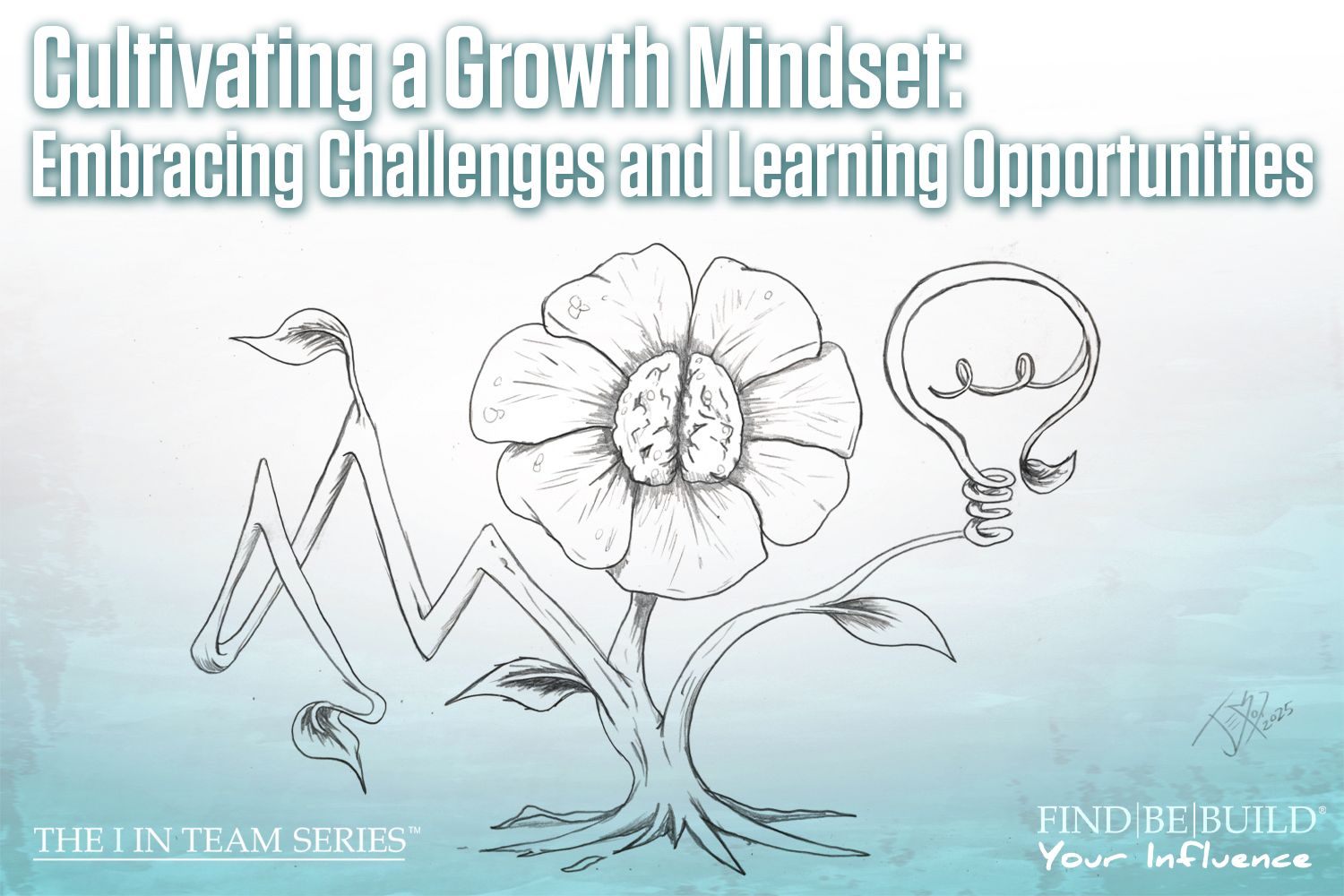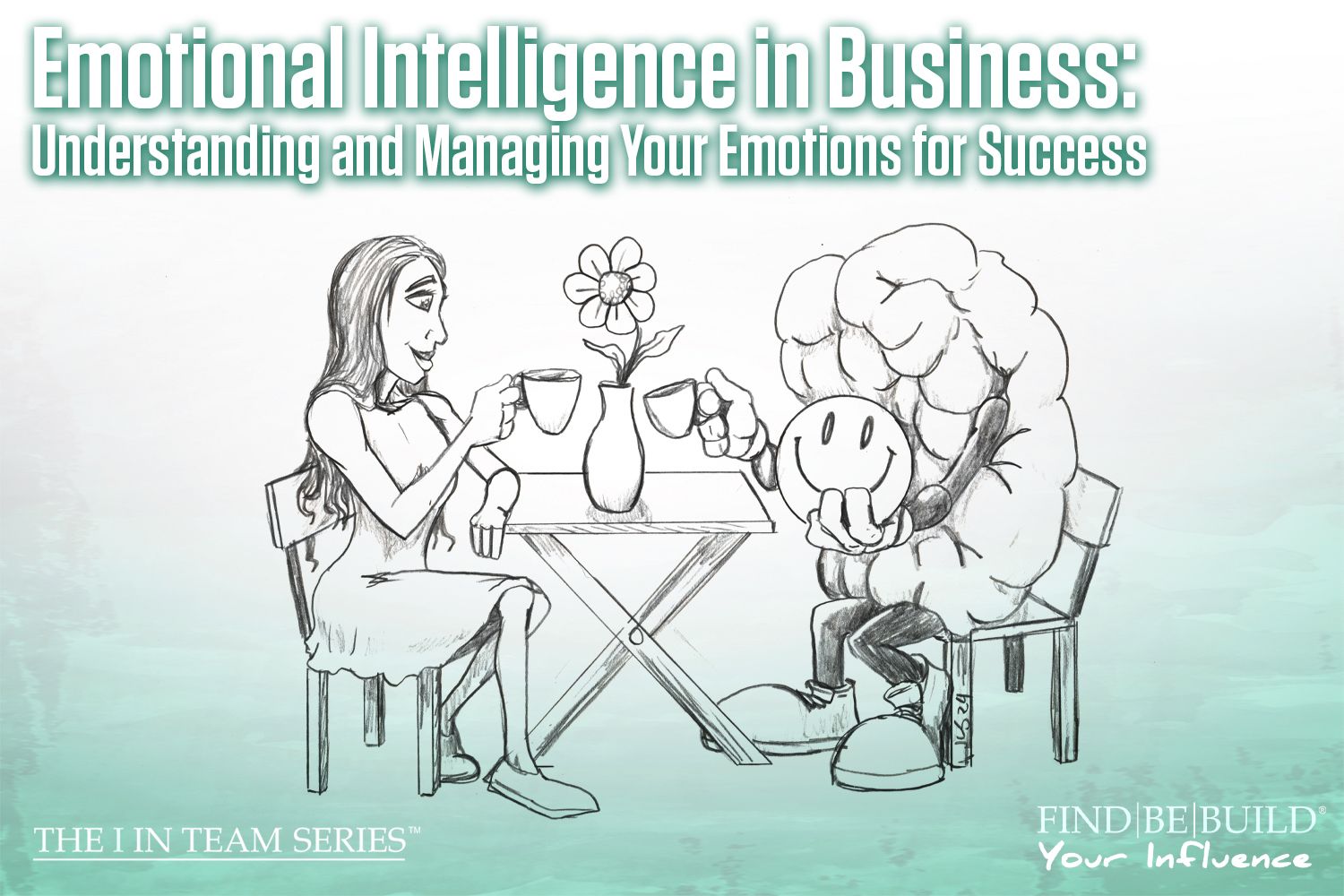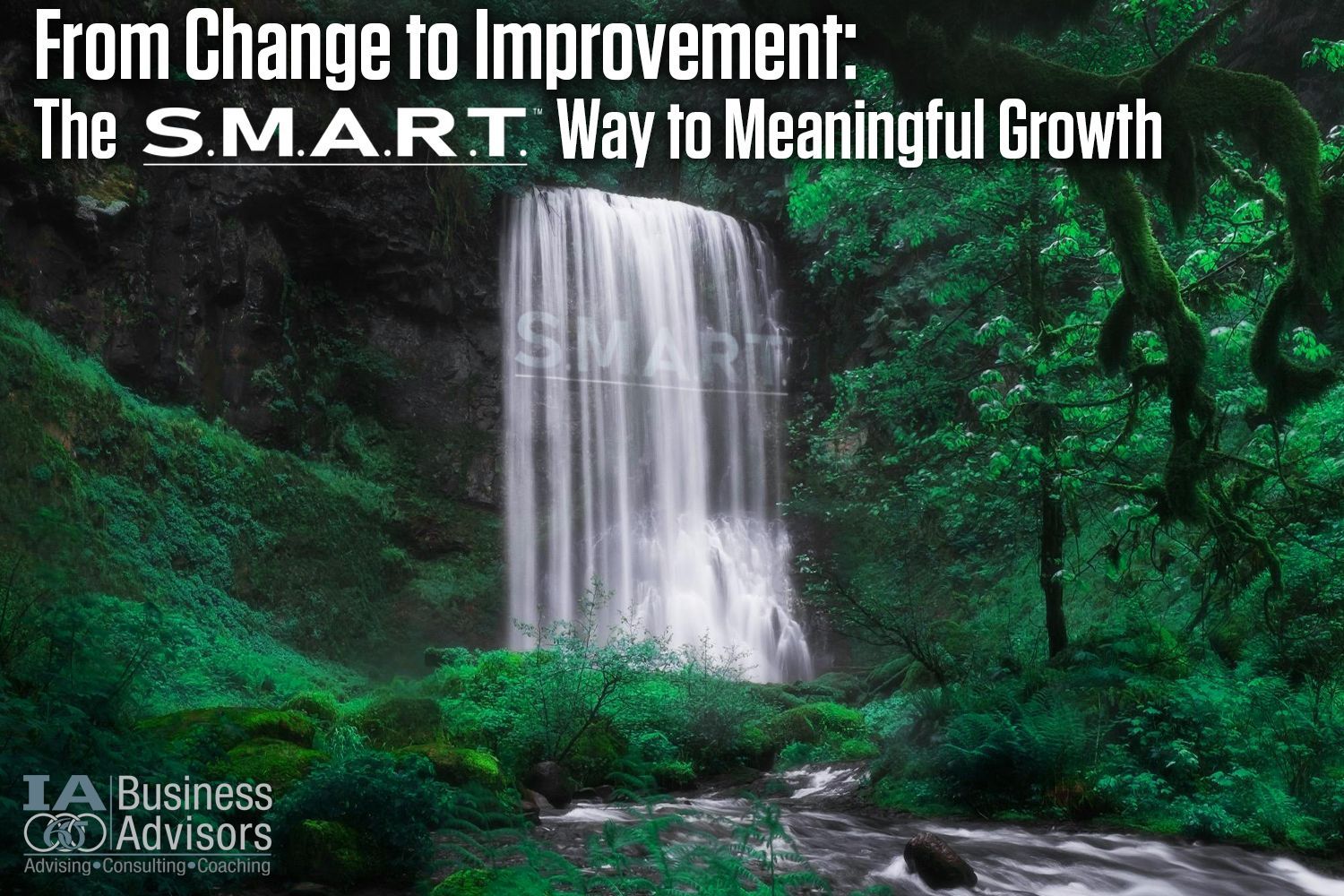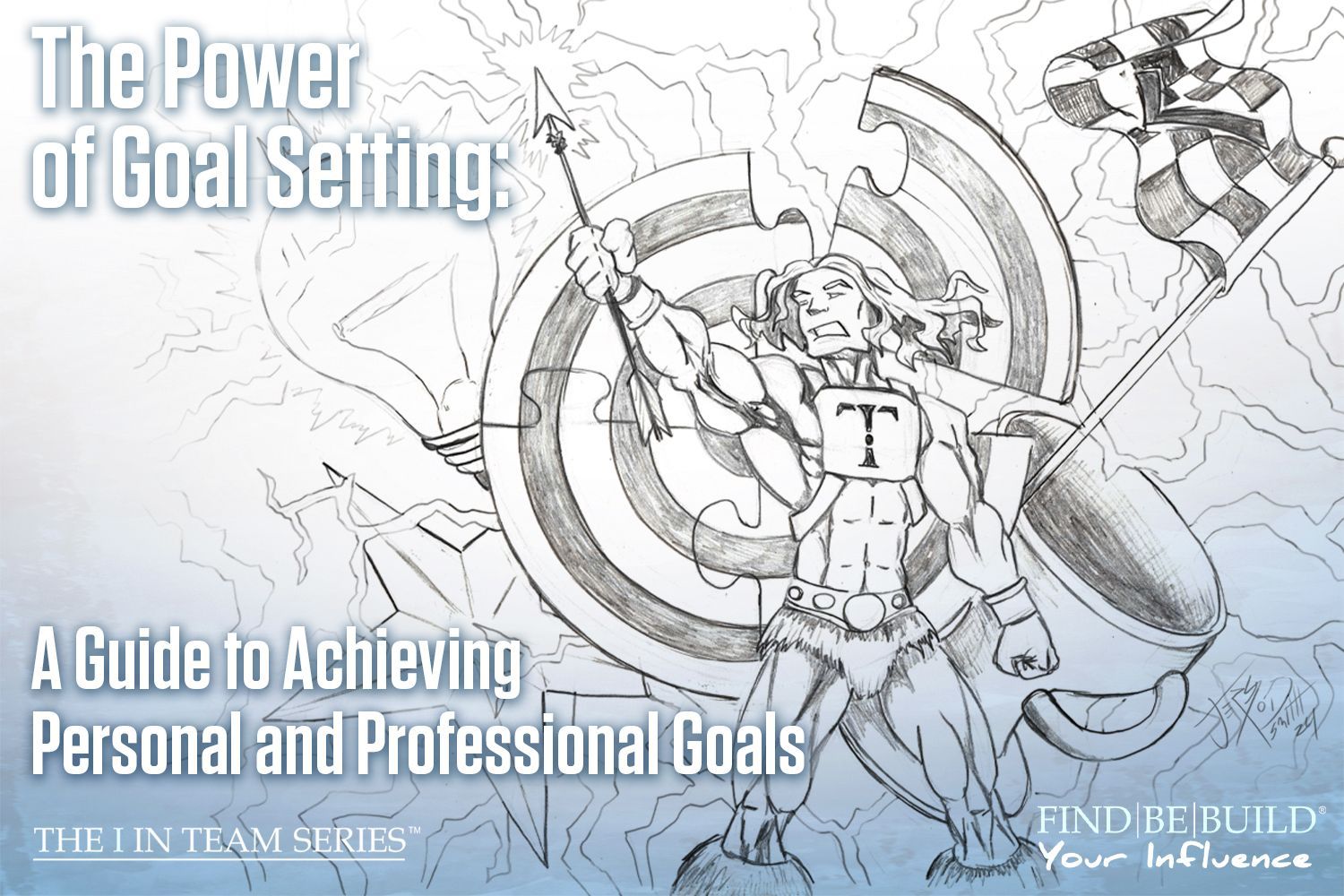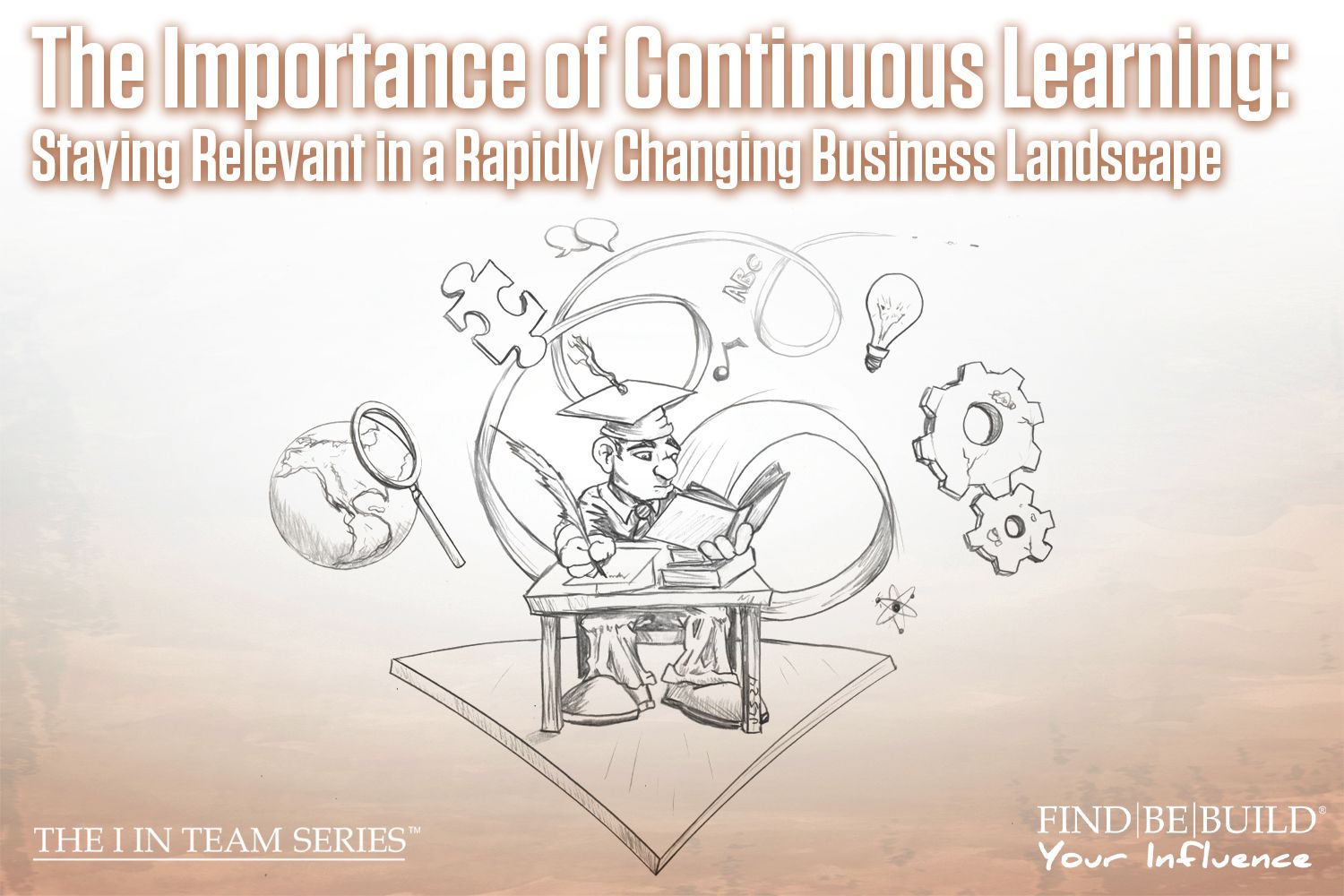Building High Performing Teams for Small Business
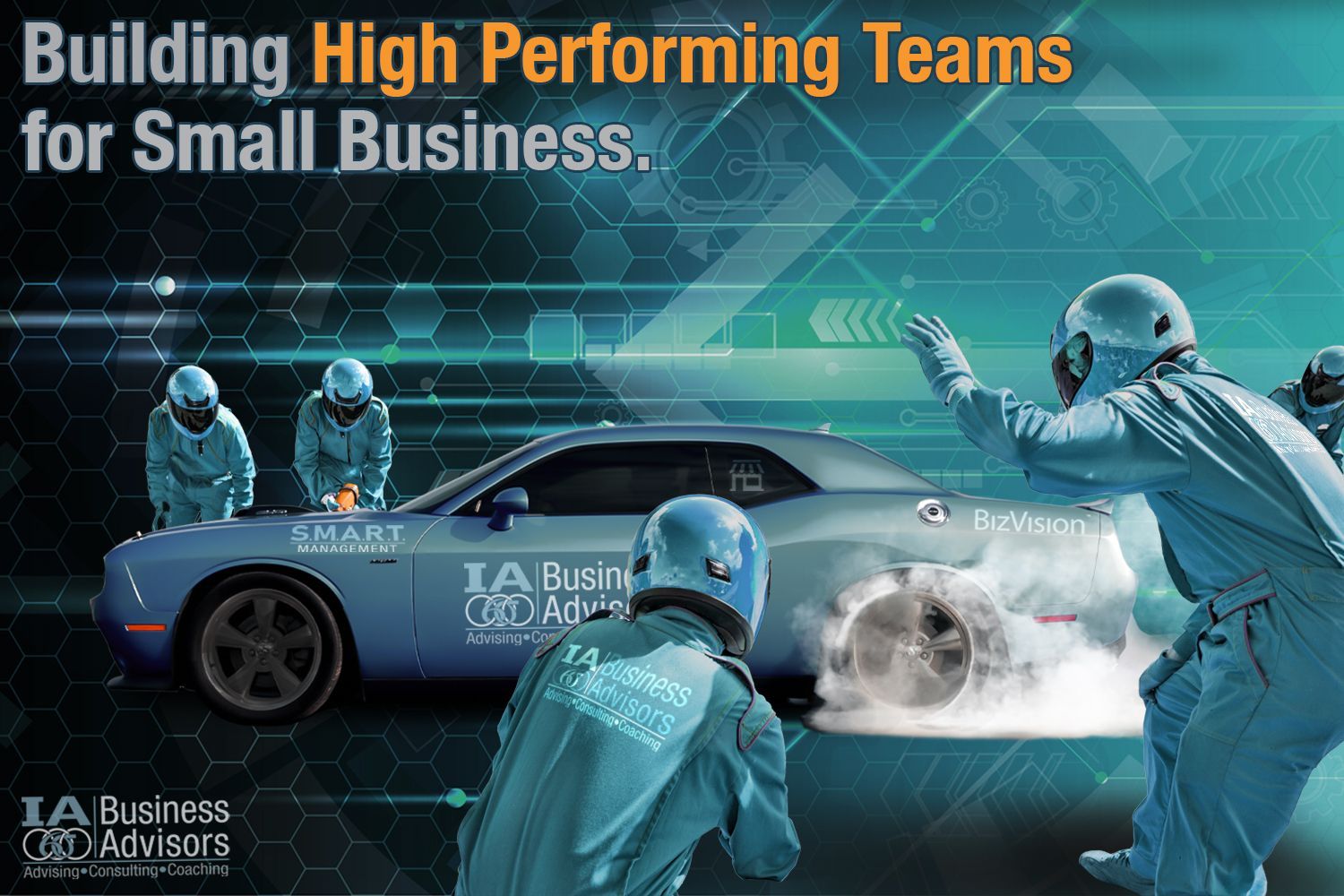
Imagine stepping into an office where the air buzzes with energy, creativity flows like a river, and every team member feels like they're exactly where they're meant to be. This isn't a fantasy. It's the hallmark of a high-performance culture, and it's within your reach! Let's dive into the secret sauce that can transform your small business from good to legendary.
The Magic of High-Performance Cultures
Why the fuss over company culture? Well, because the stats don’t lie: Cultures that hum with high-performance can boost profitability by a whopping 11% and double the likelihood of your employees sticking around. Imagine your business not just thriving but soaring, all because you nurtured the right environment.
A high-performance culture is where your company's heart beats the strongest, setting the rhythm for behaviors and norms that catapult results to new heights. It’s about creating a playground that encourages your team to grow, innovate, and push boundaries. This isn’t just about the bottom line; it’s about sparking a flame in every employee, lighting up a high-performance culture.
Companies that master this not only climb the performance charts but also accrue numerous benefits: heightened employee engagement, a boost in innovation, and a competitive edge sharper than a samurai sword. It’s like unlocking a treasure chest filled with business success secrets.
Here’s a sneak peek into that treasure chest:
Employee Engagement: Imagine a workplace where every day is a quest filled with purpose and passion. This isn’t a dream. It’s the reality of a high-performance culture, where employees are the knights in shining armor, ready to conquer the day.
Innovation and Creativity: In this kingdom, creativity flows like a mighty river, leading to groundbreaking ideas that could be the next big thing for your business.
Sense of Belonging: Here, every team member feels like part of a grand saga, contributing to the legacy of your brand.
Open Communication: Picture a realm where honesty is the currency, fostering trust and leading to strategies as powerful as Excalibur.
Financial Wins: At the end of the day, the coffers are full, thanks to the relentless pursuit of excellence across the board.
Embarking on this quest requires a map, and here are the five landmarks to guide you:
Strong and Future-Minded Leaders: Think of them as wise wizards, guiding their teams through uncharted territories with foresight and inspiration.
Empowered Employees: These are your warriors, equipped with trust and freedom, ready to take on the world. Give them the keys to the kingdom, trust in their abilities, and watch them soar.
Strong Values: Your company’s creed, the sacred scrolls that guide your mission and bind your team together in shared purpose. Like a beacon, let your values light the way, showing your team the path to greatness.
Ongoing Development and Innovation: The training grounds where your team sharpens their skills and gets ready for the battles ahead. Encourage your team to think outside the box, turning their wildest ideas into your company’s next big breakthrough.
Agility: The ability to navigate the ever-changing landscape with the grace of a cat, adapting and evolving to meet every challenge head-on.
Recipe for Success: High-Performance Ingredients
If you need some inspiration, here are some examples from company’s doing this work today and reaping the benefits:
Leadership at Microsoft: Satya Nadella at Microsoft shows us that leadership isn't just about steering the ship; it's about inspiring your crew to row harder, dream bigger, and explore uncharted waters, all while feeling supported and valued.
3M's Innovation Kitchen: At 3M, creativity isn't just encouraged; it's the bread and butter of their operation. This culture of innovation turns ordinary employees into inventors who not only dream up new products but also pave the way for the company's future.
Salesforce's Family Recipe: Feeling like you belong can transform the workplace into a home. Salesforce masters this by creating an environment where everyone feels part of something bigger, a family striving together towards greatness.
Bridgewater Associates' Honest Tea: Imagine a place where saying what's on your mind isn't just accepted, it's expected. Bridgewater operates on this principle, making it a powerhouse of performance through radical honesty and transparency.
Netflix's Empowerment Elixir: Giving employees the power to make decisions and contribute ideas is like unleashing a genie from a bottle – magical things start happening, from groundbreaking ideas to unprecedented growth.
Patagonia's Values on Their Sleeves: When your company's values are clear and lived daily, employees feel a deep sense of purpose. Patagonia embeds its commitment to sustainability into its culture, making every task feel meaningful.
Spotify's Agile Anthem: In today's fast-paced world, being able to pivot and adapt is crucial. Spotify's culture of agility ensures it stays on the cutting edge, much like a hit song that never gets old.
Turning Your Business into a High-Performance Hit:
Crafting a high-performance culture isn't just for the big players. Small businesses like yours have the agility and heart to build something truly special. From communicating your core values with the passion of a motivational speaker to empowering your team like a superhero squad, every step you take towards fostering innovation, openness, and inclusivity is a step towards greatness.
Encore - Bringing it Home:
As you embark on this journey to elevate your business culture, remember that the world's most successful companies started as small businesses with big dreams. With the right culture, your business isn't just a place to work; it's a stage for breakthrough performances that could very well redefine your industry. And if you ever feel lost, remember, there are seasoned conductors like IA Business Advisors ready to help you harmonize your team's talents into a symphony of success.
